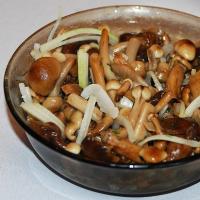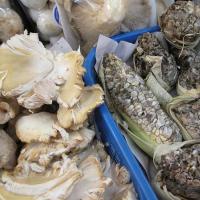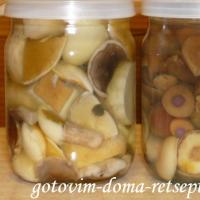Edible and inedible types of rowing mushrooms: photos and names
We offer you to see edible and inedible mushrooms in the photo, and then we will continue to get acquainted with these varieties of representatives of the mushroom kingdom:
Row mushroom in the photo
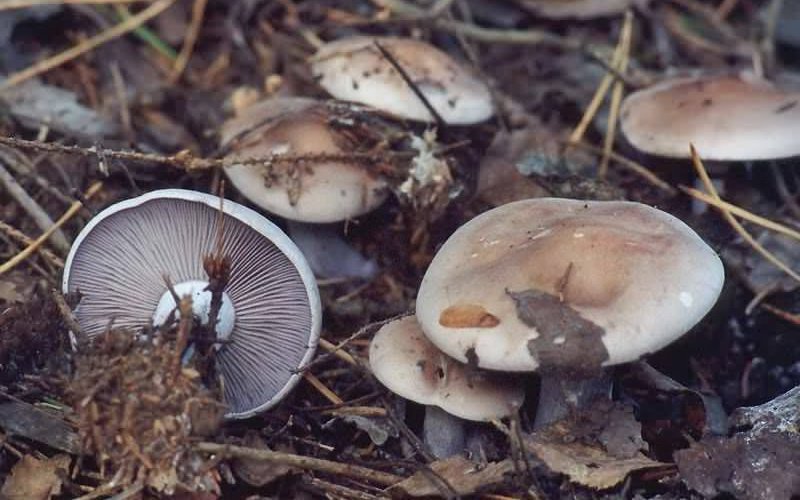
Row mushroom in the photo
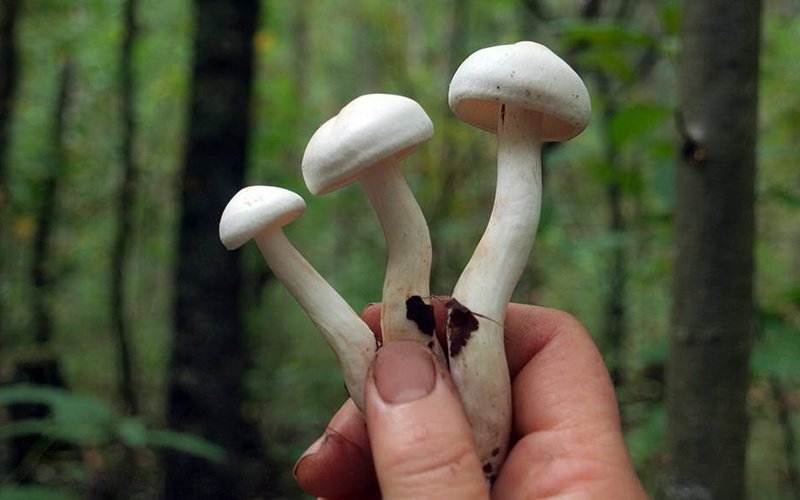
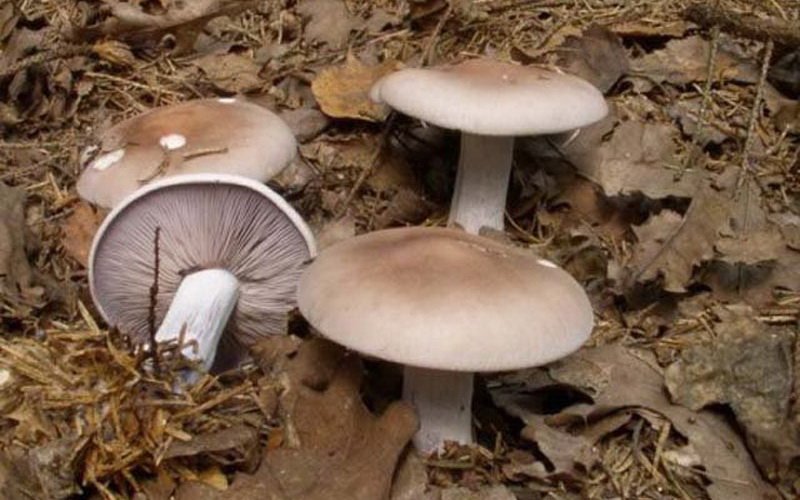
Row mushrooms white inedible in the photo
White rows - inedible mushrooms: the photo below shows their appearance, which is worth remembering for every mushroom picker. The cap is 3-8 cm in diameter, in young specimens it is convex with a curved edge, then open and curved, dry, smooth, white, sometimes with a creamy tinge. The plates are notched white, in depth with a creamy tint. The leg is firm elastic, white, 5-10 cm long, up to 1 cm thick. The pulp is white, dense with an unpleasant musty smell of laundry soap.
It grows in deciduous, mixed and coniferous forests, especially on limestone soils. Forms "witch circles", often found in forest belts. Appears in large numbers shortly after rain.
Fruiting from July to October.
The white row is similar to the poisonous whitish talker mushroom (Cliticybe dealbata), which is distinguished by a floury smell, the presence of concentric circles on the cap and plates descending onto the leg.
Edible varieties of the rowing mushroom are presented below, it is worth studying them in order to understand the important differences in appearance.
Lilac-legged rowweed (Lepista personata)
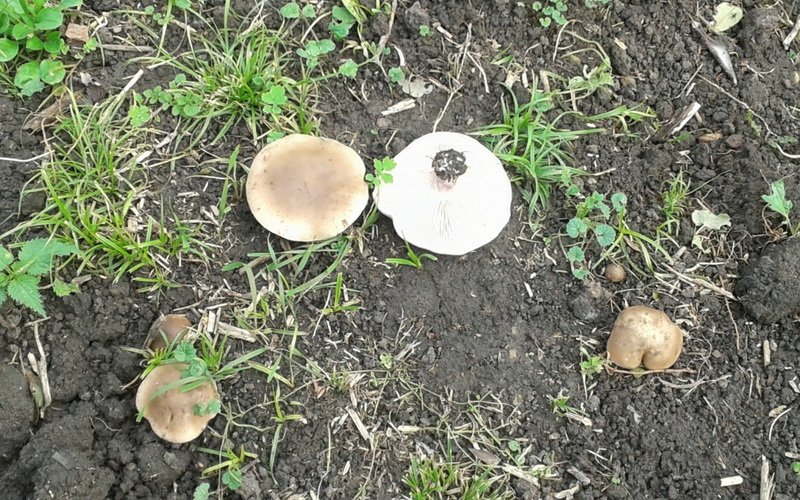
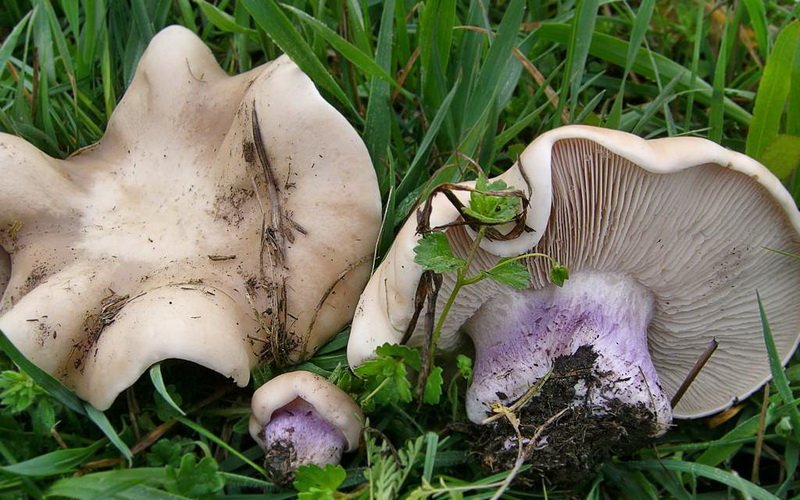
Ryadovka lilac-legged in the photo
The mushroom is edible. You can examine this rowing mushroom in the photo and in the description in sufficient detail: a scaly hat is 5-14 cm in diameter, in young specimens it is strongly convex yellowish-brown with a tucked pale lilac edge, then flat-convex, open, smooth, light, yellowish-beige or white with lilac tint. The plates are low, frequent, adherent, descending, white or pale cream, not lilac. Leg cylindrical fibrous, glabrous, light purple or with purple strokes, 3-8 cm long and 2-3 cm thick. The flesh is white, pale lilac on the cut.
It grows on the edges of deciduous and mixed forests, on pastures with humus-rich soil, on potato fields and on the lawns of parks and gardens.
There are no poisonous twins.
Gray Row (Tricholoma portentosum)
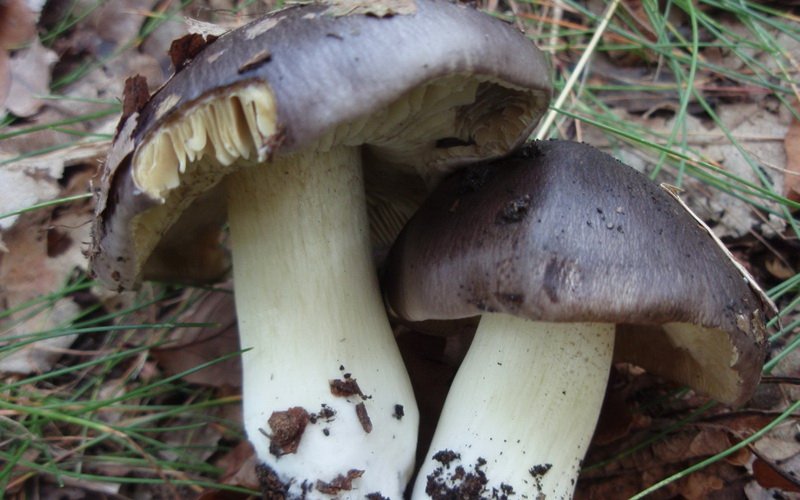
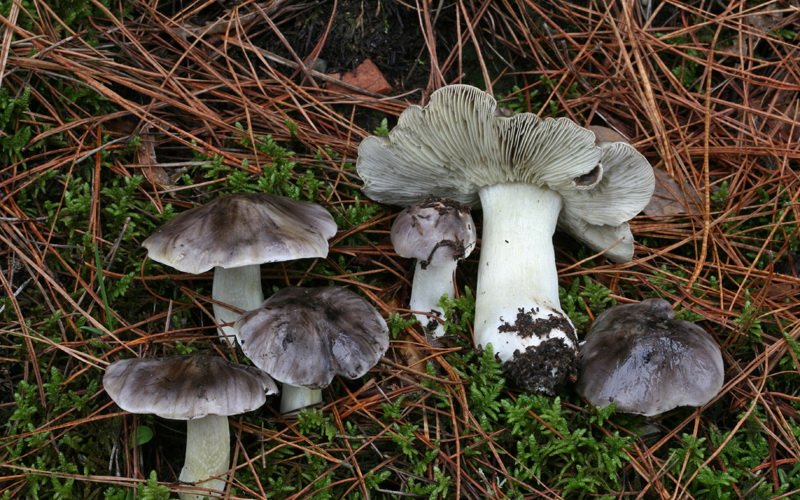
The mushroom is edible. Look at these varieties of rowing mushrooms in the photo: caps are 5-10 cm in diameter, in young specimens they are convex, then open and curved, cracked along the edges, dry, gray-olive or gray with a purple tint. The plates are white or yellowish, adherent with a tooth. The leg is cylindrical, fibrous, whitish, 5-12 cm long and 1 cm thick, if cut, it quickly disintegrates into separate bundles. The pulp is whitish-yellow with a floury smell and taste.
It grows in mixed and coniferous forests, on sandy soils and moss-covered peat bogs. In Russia, it is sold in the markets in autumn.
Fruiting from August to November. Especially appreciated in late autumn, when other mushrooms are few.
The inedible double of the striped row (Tricholoma virigatum) differs from the row with a gray conical cap and a greater streak of young mushrooms.
Row violet, or titmouse (Lepista nuda)


The mushroom is edible. The fleshy cap is 5-14 cm in diameter, in young specimens it is convex, lilac or reddish-violet, then flat-convex, open, sometimes curved at the beginning of fruiting under the leaves, smooth purple or purple-brown. The plates are frequent, adherent, white or pale purple. Leg cylindrical, fibrous, glabrous, light purple, 5-8 cm long and 1-3 cm thick. The flesh is purple, then white-gray, lavender on the cut.
It grows on the edges of coniferous and mixed forests, in meadows, along roads, especially on fallen coniferous needles.
Fruiting from August to November. Maximum fruiting in September and before frost.
There are no toxic twins.
The mushroom is suitable for any type of cooking. It is one of the most popular edible, easily identified mushrooms.


The mushroom is edible. Caps up to 10 cm in diameter, in young specimens convex, finely fibrous, then open, finely scaly. The plates are often light cream, becoming pink-brown when damaged. Leg cylindrical, fibrous, hard, white, brownish below, 5-12 cm long and 1 cm thick. The flesh is white with a pleasant smell, sometimes slightly bitter.
It grows in deciduous, mixed and coniferous forests on acidic and neutral soils.
It bears fruit from August to October in large quantities.
The scaly rowweed is similar to the inedible cowtail (Tricholoma vaccinum), which has bitter flesh and a more scaly cap.

